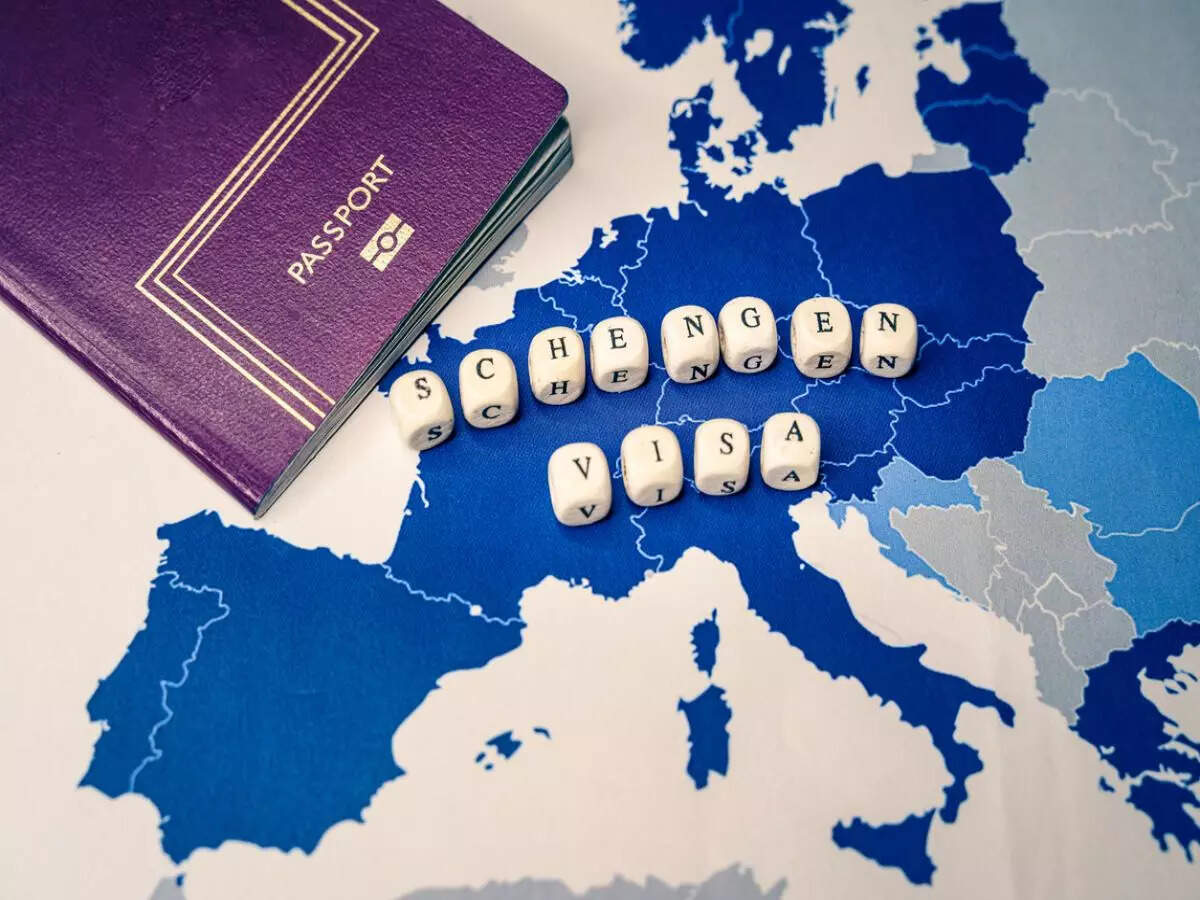First thing first. You need to choose the right Embassy. Though all Schengen countries follow a common visa policy, the rates of approval differ country to country. If data is to be believed, in 2024, the highest approval rates for Indian applicants were recorded by Belgium (90.6%), Germany (88.7%), Italy (88.7%), and Switzerland (87.9%).
Useful tips:
Choose the right consulate: It’s also important to apply at the correct consulate. In many cases (if you are visiting multiple nations), it is advised to apply to the country where you plan to spend the most time, or, if durations are equal, where you first enter. European nations including Latvia, Lithuania, and Estonia are known for faster processing times—many times within 7 to 10 days. Therefore, picking the right embassy can make a big difference.
Submit a strong and consistent document package: It is essential to make your document flawless and strong. As of 2025, Indian applicants must submit the following:
A valid passport with at least 3 months validity beyond the intended return date and two blank pages.
A completed Schengen visa application form and one recent passport-size photo.
Proof of travel, including a round-trip flight reservation and confirmed hotel bookings matching your travel dates.
Travel insurance covering at least €30,000 (INR 30,07,890), valid throughout the Schengen region.
Financial documents, including 3–6 months of bank statements (with bank stamp), salary slips, and ITRs. Your account must show genuine and steady income, not sudden large deposits.
A detailed cover letter with your travel purpose, daily itinerary, and proof of ties to India such as a job, business, or property.
Inconsistencies or missing documents often lead to rejection. Double-check everything.















